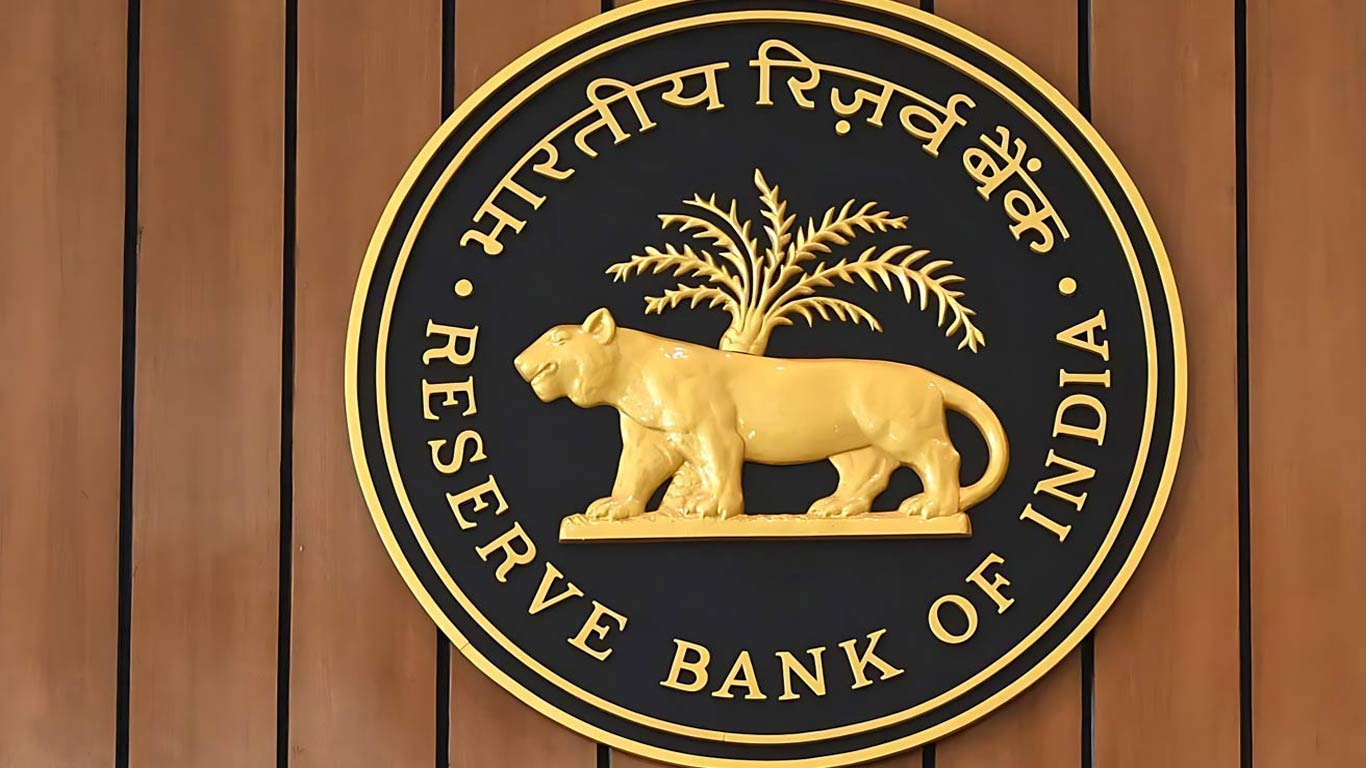NPAs driven by big corporates; small firms have better record: RBI's Chakrabarty
Updated: Dec 03, 2013 04:27:42pm

Advances to the medium and large segments account for about 50 per cent of total bank advances and of total Non-Performing Assets (NPAs) indicating that the deterioration in asset quality is driven by the medium and large enterprises. This is also reflected in the ‘impaired assets ratio’ which stands at 14.8 per cent for medium and large industries as compared to 10.6 per cent for micro and small enterprises as on March 2013.
“I strongly feel that the mechanism of restructuring of small accounts needs a special mention in terms of corrective action needed. SMEs and other segments covered under the priority sector are an important segment of the economy as they provide employment to a large number of people. It is important that the viable businesses under these segments facing temporary problems are not discriminated against. The entire approach to restructuring has to be reoriented to show more compassion to the small customers,” Chakrabarty told India’s top bankers at a recent conference of the Indian Banks Association.
While the RBI Deputy Governor wants banks to show more compassion to small borrowers, it is other way round when it comes to ground reality. He brought it out in a brilliant presentation made to the bankers.
“Even in cases of restructuring, there seems to be a distinct bias towards the large-ticket borrowers than the weaker segments of the economy (i.e. micro and small enterprises, agriculture and priority sectors). Statistics on restructured advances shows that the medium and large segments account for over 90 per cent of restructured accounts while the share of micro and small segments keeps dwindling over the years.”
Further, the large ticket accounts hold a major share in CDR cases. “This runs contrary to the spirit of allowing the facility of restructuring as economic downturn is more likely to impact the small borrowers who are more vulnerable to business cycles and hence may require restructuring to tide over the temporary problems, as compared to large borrowers.
“The ground reality is that advances to smaller borrowers, with genuine needs get overlooked and slip into NPA which enables building of a perception that the quantum of non-performing assets is more in the case of small borrowers and hence promotes a rush towards large-ticket advances, ignoring the basic fact that the lower NPAs amongst larger borrowers is primarily on account of extensive restructuring/ write offs of such accounts. In their scramble to lend to large borrowers, therefore, banks lose out on a massive business opportunity in terms of the small borrowers.”
Chakrabarty called spade a spade and challenged the perception painting small borrowers as bigger defaulters.
“I would say that the perception that agricultural advances or priority sector lending carry more credit risk than the non-priority sector is entirely misplaced and needs to undergo a change. The smaller borrowers are per se not a cause of stress to the banks; rather it is a bias against them that turns them into weak accounts”. (KNN/PC)











